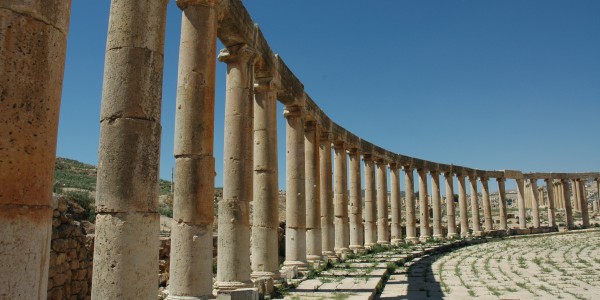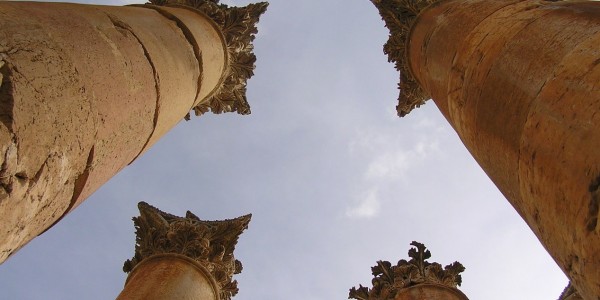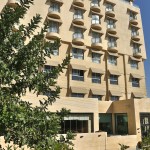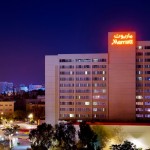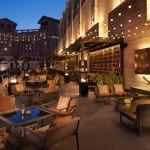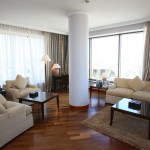Amman, like Rome, was built on seven hills (jebels), but it has grown so much that today it spreads over nineteen. Compared to other ancient cities of the Orient, Amman is modern and largely westernised, however the Balad (or Downtown area) comprises the old and more traditional parts of the city.
Amman & Jerash
Why visit Amman & Jerash ?
- Sit in the best seat in the house in the 2000 year old Roman amphitheatre
- Enjoy a wine tasting experience of some of the country’s finest wines
- Explore the ancient Citadel, a complex of Royal Umayyad Arab buildings
- See the Roman hippodrome of Jerash which witnessed many chariot races
- Enjoy the views over the Sea of Galilee from the Ottoman village of Umm Qais
The Citadel, or Jebel al-Qala’a, is the highest point of Amman and the site where the first inhabitants lived. It used to be a fortress and numerous excavations show Roman, Byzantine and Early Islamic remains. The most impressive series of buildings to see is the Umayyad Palace complex with its audience hall, a Byzantine Church and the Temple of Hercules with its columns visible from around the city.
The Roman Theatre is an impressive monument that dates from 151 AD and was built to sit 6,000 people. The theatre has been partially rebuilt and is still being used for performances today. The Archeological Museum, in the grounds of the Citadel, houses an excellent collection of antiquities of Jordan dating from prehistoric times to the 15th Century. The Folklore Museum is housed within the Roman Theatre complex and exhibits a collection of items illustrating Jordanian life.
Jerash is remarkable for its long chain of human occupation dating back almost 6,500 years. Remains from Neolithic times have been found, as well as Greek, Roman, Byzantine, Umayyad and others, although its golden age was during Roman rule with the arrival of Alexander the Great in 333 BC. Jerash was a member of the Decapolis, a dynamic commercial league of ten Graeco-Roman cities, today it is one of the best preserved provincial cities of the Roman Empire.
LOCATION
JORDAN KEY INFO
Visa
A Visa is required for UK passport holders.
Health Requirements
No mandatory vaccinations are required.
Time Difference
GMT + 3 hours (Apr-Sep), GMT + 2 Hours (Oct-Mar)
Flight Time
5 1/4 hours Direct
NEWSLETTER SIGNUP
Keep up-to-date with the latest travel trends, inspiration for future trips and competitions to win luxury travel vouchers.
Subscribe







